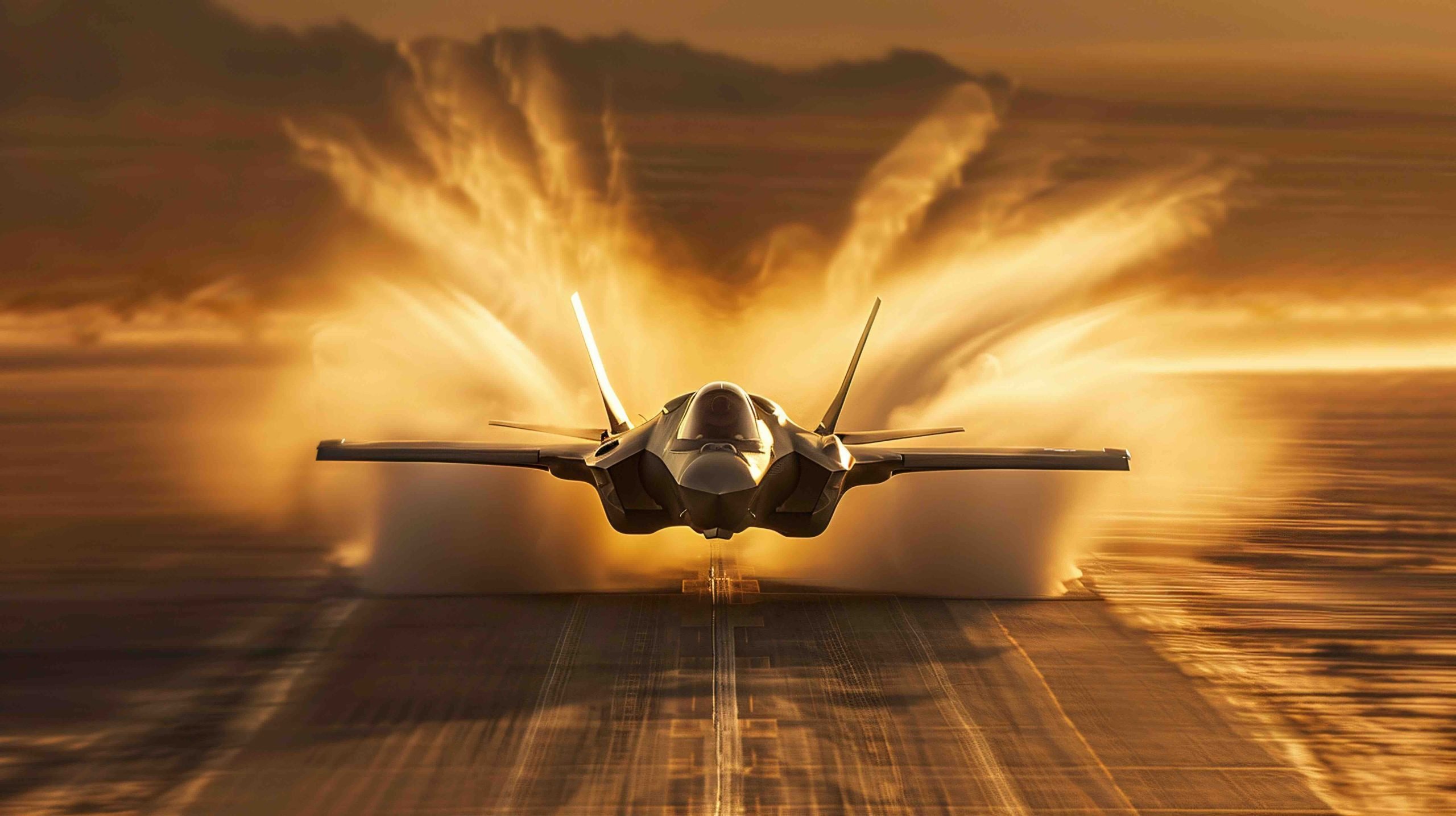World Air Forces 2025: A Shrinking Fleet
The world’s military aviators are witnessing a slight pullback as the global fleet of military aircraft contracts by 1.53% from 2024 to 2025. This downturn reflects a reduction of roughly 759 aircraft, highlighted by significant decreases in Pakistan and India. Despite this trend, select nations like Turkey, Egypt, and South Korea are observing modest fleet expansions.
Dominating the Skies: USA, Russia, and China
Unsurprisingly, the United States retains its position as the reigning airpower with over 13,000 active aircraft. This formidable fleet, despite a minor reduction, remains unmatched. Trailing the USA are Russia, boasting 4,292 aircraft, and China, maintaining a strong presence with 3,309 aircraft.
Top Five Air Forces Overview
Following the powerhouse nations, India, with its fleet slightly reduced to 2,229 aircraft, secures the fourth position. South Korea, with a growing air armada of 1,592 aircraft, rounds out the top five.
Unique Attributes of Each Fleet
– USA: With a significant portion of its fleet comprising combat helicopters and tankers, the US fleet commands nearly three times the aircraft of any other nation.
– Russia: Russia showcases a robust helicopter contingent, dominated by the durable Mil Mi-8.
– China: The People’s Liberation Army boasts a comprehensive collection of indigenous aircraft but remains limited in its tanker capability.
– India: Even with a reduced count, India maintains a balanced fleet with notable investments in modernizing its transport and combat aircraft.
– South Korea: The modest increases in its fleet emphasize strategic growth, focusing on modernizing and enhancing its capabilities.
Each nation’s strategic approach reflects geopolitical ambitions and challenges, demonstrating the complex dynamics shaping global air force structures.
The Future of Global Air Forces: What to Expect in 2025
Shifting Trends and Innovations in Global Air Power
The landscape of global military aviation is evolving as the total number of military aircraft worldwide contracts by 1.53% from 2024 to 2025. This decrease of roughly 759 aircraft shows a pronounced reduction primarily in Pakistan and India, though nations like Turkey, Egypt, and South Korea are modestly expanding their fleets. Amidst these shifts, several key themes are emerging, shaping the future of air power.
Strategic Trends Influencing Military Aviation
1. Technological Advancements: As fleets shrink, nations are increasingly investing in technology to enhance the capabilities of existing aircraft. There is a clear trend toward incorporating advanced avionics, stealth technology, and unmanned systems, which offer a force multiplier effect without expanding fleet size.
2. Modernization vs. Expansion: Countries like South Korea are focusing on strategic modernization rather than significant fleet expansion. By updating older aircraft with cutting-edge tech, these nations aim to maintain competitive edge without the costs associated with acquiring new aircraft.
3. Sustainability Initiatives: There’s a growing emphasis on sustainability within military aviation. This includes adopting more fuel-efficient aircraft and research into alternative fuel sources to reduce carbon footprints, which aligns with broader global environmental goals.
Innovations and Predictions for 2025
The future of air forces lies in embracing innovations that promote both operational efficiency and effectiveness. Expectations for the coming years include:
– Increased Use of Drones: Both combat and reconnaissance drones are becoming integral, providing cost-effective and versatile solutions for various military operations.
– AI Integration: Artificial intelligence is expected to play a significant role in managing and analyzing vast amounts of data, optimizing logistics, and even aiding in autonomous flight operations.
– Improved Cybersecurity: With the increasing reliance on digital systems, enhancing cybersecurity measures is crucial to protect military data and aircraft systems from cyber threats.
Comparative Analysis of Global Air Forces
While the United States continues to dominate the skies with over 13,000 active aircraft, it faces the challenge of maintaining this edge amidst advancing technologies and evolving threats. Russia and China follow with 4,292 and 3,309 aircraft, respectively, each leveraging their unique strengths such as Russia’s helicopter fleet and China’s growing indigenous aircraft production.
Countries like India focus on balancing fleet capabilities with modernization efforts, maintaining a well-rounded force despite numerical reductions. Meanwhile, South Korea’s strategic fleet growth underscores its commitment to enhancing air power capabilities in the shifting geopolitical climate of East Asia.
Conclusion
As we look ahead to 2025, the key to maintaining air superiority lies not only in numbers but in strategic modernization, technological innovation, and sustainable practices. These elements will define the future capabilities of global air forces, ensuring that they remain adaptable and ready for the challenges ahead.
For further insights into air force trends and future developments, visit the FlightGlobal.

















